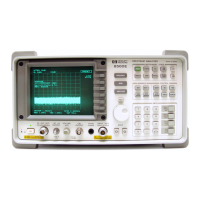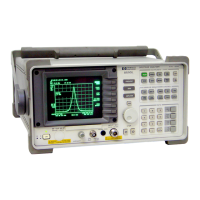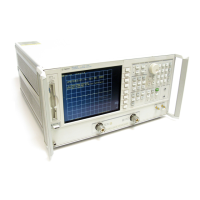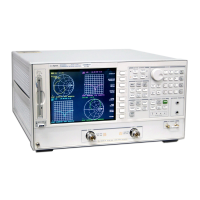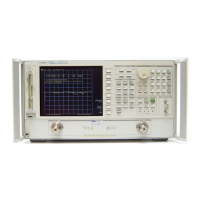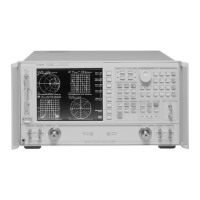The Stability Application Applications
Agilent 8163A/B, 8164A/B & 8166A/B Mainframes, Sixth Edition 259
10Move to <Range> and press Enter.
11If you have chosen <common> as the <Range Mode>, move to a range setting
and press Enter.
If you have chosen <individual> as the <Range Mode>, a screen displaying all
the selected Power Meter channels and their corresponding range settings is
displayed. For each selected Power Meter channel, press Enter, move to a
range setting, and press Enter.
12Move to <Ref Mode>, press Enter, move to one of the following referencing
modes:
•<Value>, you set a reference value using <Ref>, see step 13,
•<First Sample>, the first sample of the stability function is selected as the
reference value,
•<Channel 1>, the value that Channel 1 measures is updated as the reference
value for each set of power measurements (thus, each data value for
channel 1 will be 0 dB), and
• press Enter.
13If you have chosen <Value> as the <Ref Mode>, move to <Ref>, press Enter,
enter a value for the reference, and press Enter.
Setting Stability Parameter
14Move to [Total Time], press Enter. [Tot al Tim e] is a value of the form xx:yy:zz,
where xx is a value in hours (maximum 23 hours), yy is a value in minutes
(maximum 59 minutes), and zz is a value in seconds (maximum 59 seconds).
Enter a two-digit time value in hours, press the right cursor key, enter a two-
digit time value in minutes, press the right cursor key, enter a two-digit time
value in seconds, and press Enter.
15Move to [AvgTime], press Enter, move to an averaging time period, and press
Enter.
16Move to [Max], press Enter, enter an integer value between 1 and 4000, and
press Enter.
These settings have an effect when you choose <dB> as the <Pwr unit>.
See step 7 or step 22.
NOTE
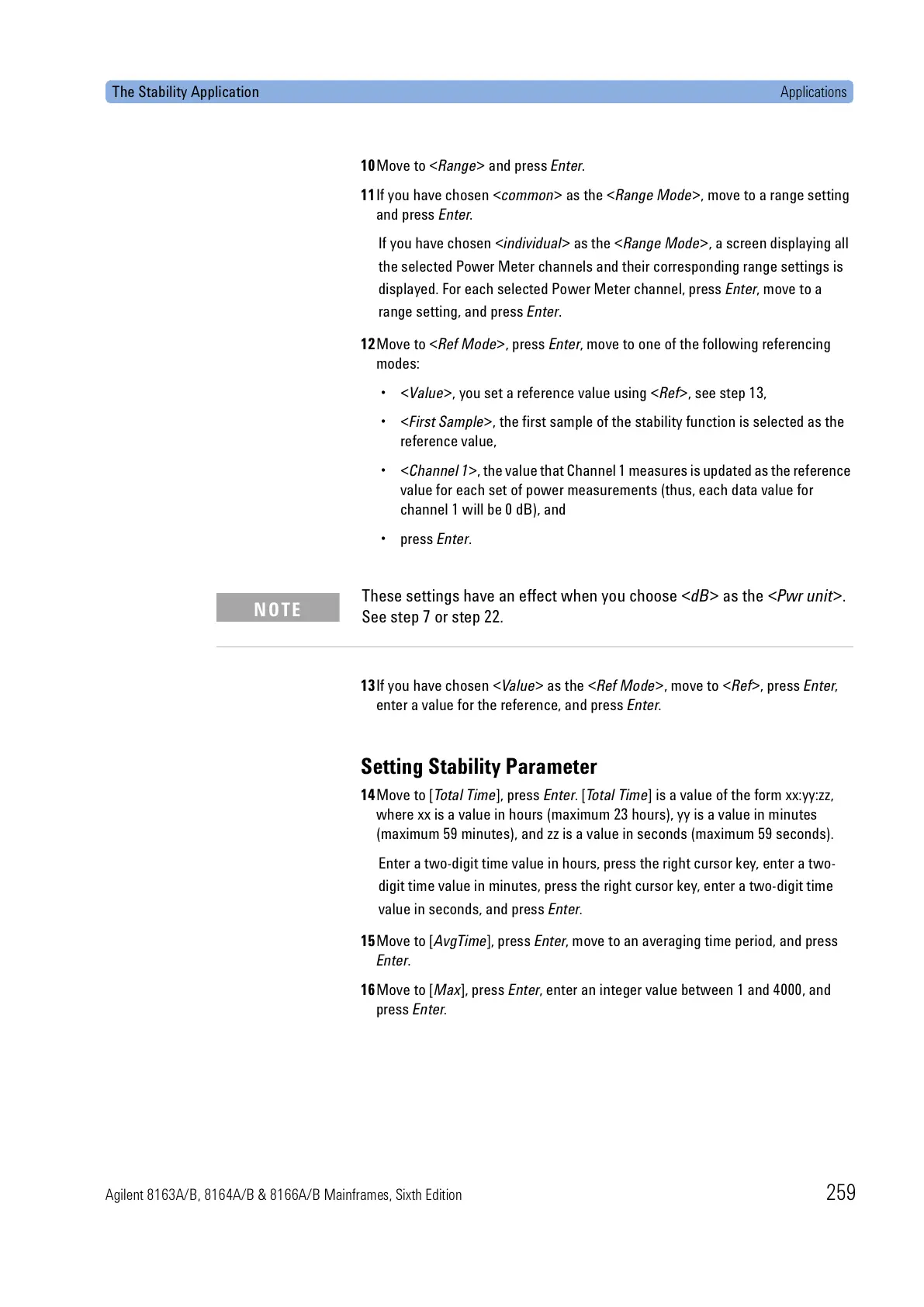